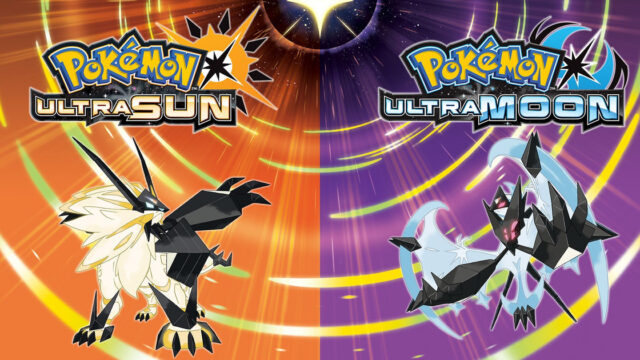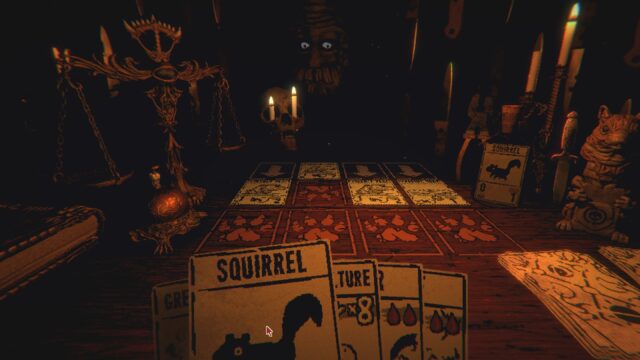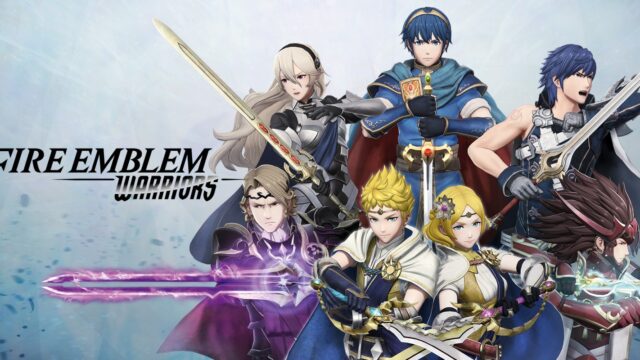Kirby Star Allies Review
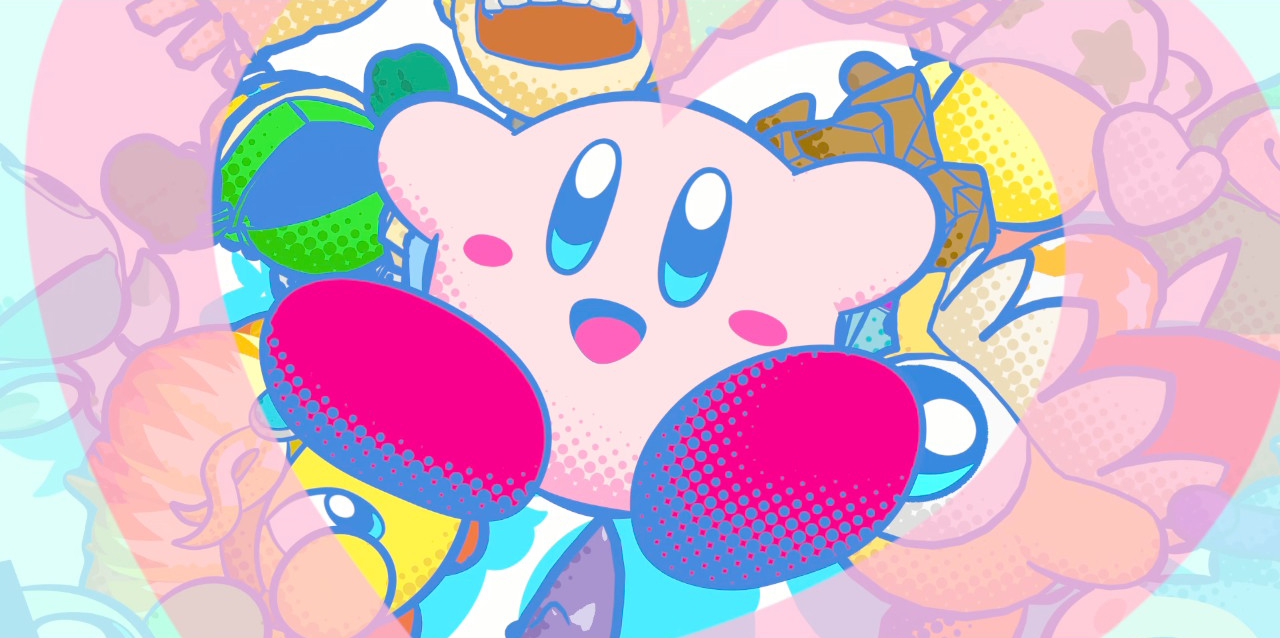
Trying to explain to friends and acquaintances why it’s not interesting to play Kirby Star Allies turned out to be useless. Those who were not scared off by serious conversations about the problems of the pink bubble in the shoes reduced all arguments to the same answer: “Well, what did you expect? It’s for kids,” either transparently hinting at the immaturity of my hobbies or genuinely believing that the entertainment of young gamers cannot be measured on a common scale. They say our boring minds will never understand all the charm.
So, here’s the secret of the day: there are no children’s games. There are only family games that are equally loved by both boys and girls, as well as their parents, and mediocre games, the flaws of which will only go unnoticed by a younger audience. The latter excuses aimed at a specific age category are only needed to disguise a lack of talent or plain laziness. A good game is still good, whether you’re 10 or 46.
That’s roughly the difference between, let’s say, a brilliant game and a mediocre one. Super Mario Odyssey, praised by bearded uncles all over the world, and Kirby Star Allies, which, well…
For children.


If you have a friend, the road is more enjoyable!
You don’t rush to make conclusions, even when on the screen, through sign language and colorful special effects, they talk about another villainous invasion of the sunny kingdom of friendship. At Nintendo, after all, every first plot is like that, but a sugary kindergarten spectacle always coexists with quite adult, full-fledged mechanics. So here, too, you take the sugar pill with full readiness, expecting something like that in return.
Especially since the game offers a wonderful idea. You see, chubby Kirby can not only absorb the abilities of other characters but also gather his own cheerful gang by throwing hearts at the inhabitants of local levels. The squad obtained in this way, firstly, helps the hero to defeat enemies, and secondly, willingly shares their abilities, allowing them to be combined in various ways.
The overall impression from playing is as if it’s all a huge tutorial.
In other words, if you blow ice on your comrade’s broom, you get a frosty janitor calmly sweeping away any obstacles. Eat a ninja, having previously recruited a walking power outlet – there you have electric shurikens. You can learn to summon rain by crossing a magic staff with the element of water, spin fiery whirlwinds with a fire hammer, or even turn into a stone for curling, flying across the screen at a furious speed. There are surprisingly many combinations, and not all of them are obvious: honestly, I didn’t even suspect some of them until I read the discussions on the forums.


By cooking a few friends in a cauldron, one can create a weapon of mass destruction.
Potentially, all of this promises dozens, if not hundreds, of hours of exciting experiments. On paper, Kirby Star Allies is an exemplary platformer, capable of skillfully building complexity, making you think, and pushing you to search for secrets in the locations. It would be foolish to expect anything less from a game of such magnitude.
However, it seems that the creators have confused the concepts of “game accessible to children” and “game for simpletons,” completely removing any hint of challenge. The gameplay has been simplified to the point of primitiveness, which is the main drawback of Kirby’s new adventures.
Yes, there are enemies, but they die from the slightest touch. There is no need for specific combos, reaction time, or caution to fight them. You can mindlessly spam attacks until the end without facing any difficulties whatsoever.
Yes, there are puzzles and secrets, but most of the tasks in the game are of the “fit the cube into the square hole” type, with explicit hints provided. They can be honestly disabled in the settings, but even without them, it is easy to figure out how to pass a room with a whip and a fire hat, receiving a worthy reward in the form of a piece of art or a couple of extra lives. In addition to the hundred lives accumulated in the last hour of gameplay.
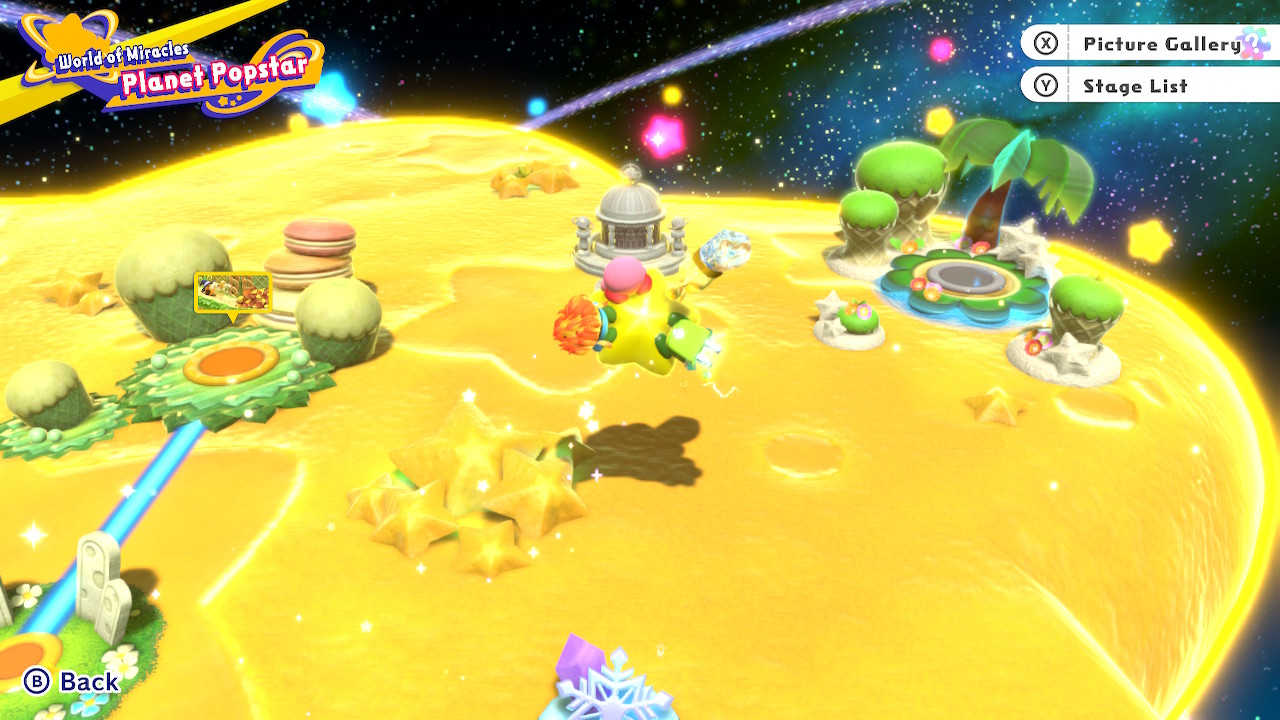
Even platforming itself doesn’t make sense, because Kirby can fly. Infinitely. Along our path, as it should be, there are carefully placed various ladders, slides, pits, and conveyor belts with spikes – and 90% of obstacles can be bypassed by holding down a single button. I don’t know why HAL Laboratory disliked their level designer so much, but almost all of his work turned out to be in vain.
The unbearable ease of local existence reached absurdity when I, due to innate stupidity, accidentally spat out an active ability beyond the edge of the arena during the final boss fight in one of the worlds. Since Kirby is practically useless without it, I had to accept my ridiculous fate and wait for the deserved game over. It would have been a reason to say that in Star Allies, you can at least really die.
But it didn’t happen: instead of letting me respawn at the checkpoint, my partners calmly beat the main villain and won the key battle without my participation. While the cute faces were celebrating the victory, the controller lying on the couch asked with a slight vibration, why it was even needed then.
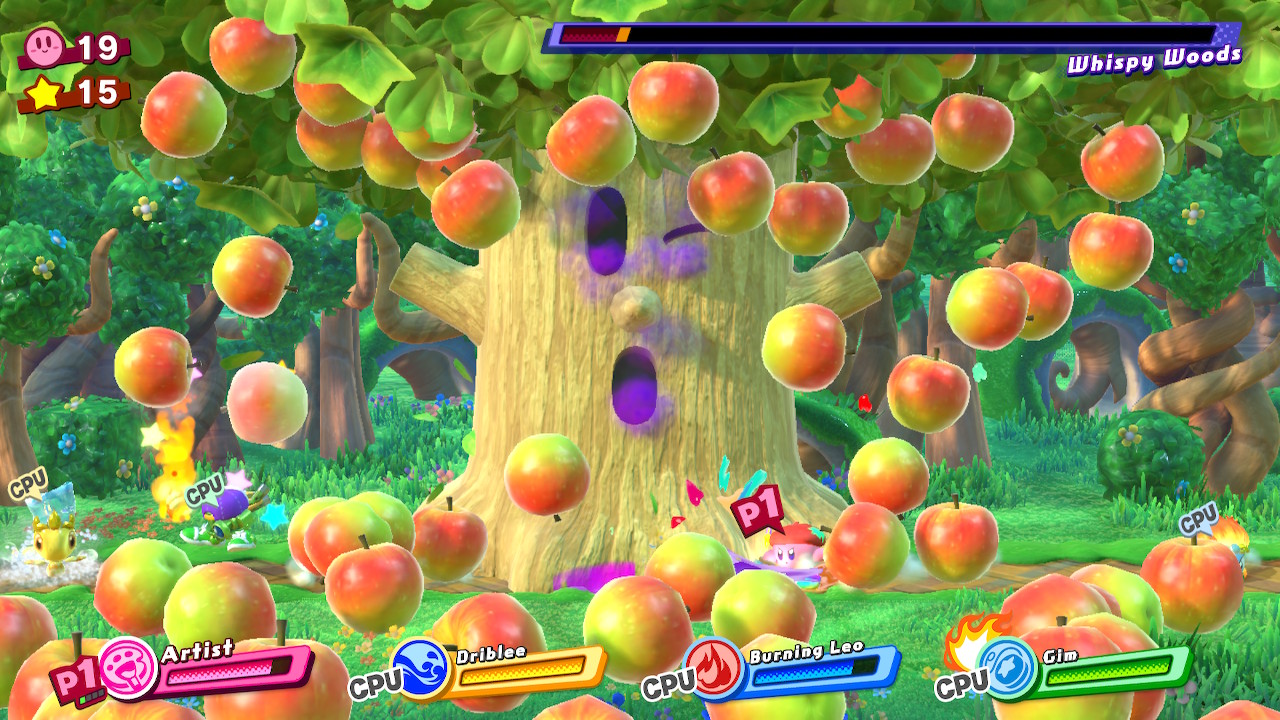
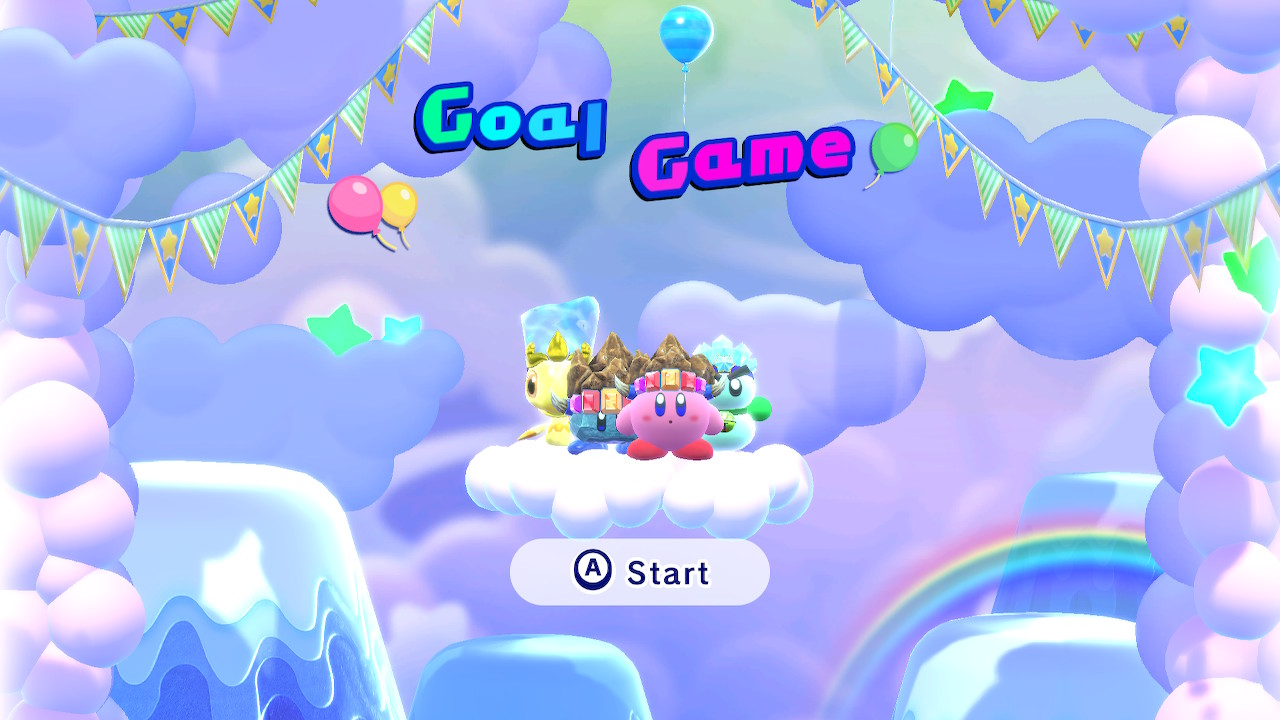
The overall impression from playing is as if it’s all a huge tutorial. Time after time, it gives the impression that the next screen will definitely start a normal game. Just a couple more minutes, and there will be reasonable challenges, interesting situations, and everything else that was worth preparing for.
But Kirby Star Allies couldn’t come to an internal compromise. It was literally torn into two conflicting parts, one of which flaunts ambitious and complex game design, while the other blindly tries to please a preschool audience. As a result, I repeat, it turned out to be another “for kids” game: a colorful and cute project that will keep young players entertained for a couple of decent hours thanks to its entertaining features and built-in cooperative mode. However, for everyone else, its annoying flaws will be all too obvious.
And it’s a pity. Kirby had the potential to be a wonderful platformer for the whole family and an excellent alternative to Super Mario Odyssey. Instead, Star Allies undermined its bold concept with excessive simplicity and became one of the most bland and boring games in the Nintendo lineup.
Share
Discuss
More Reviews
